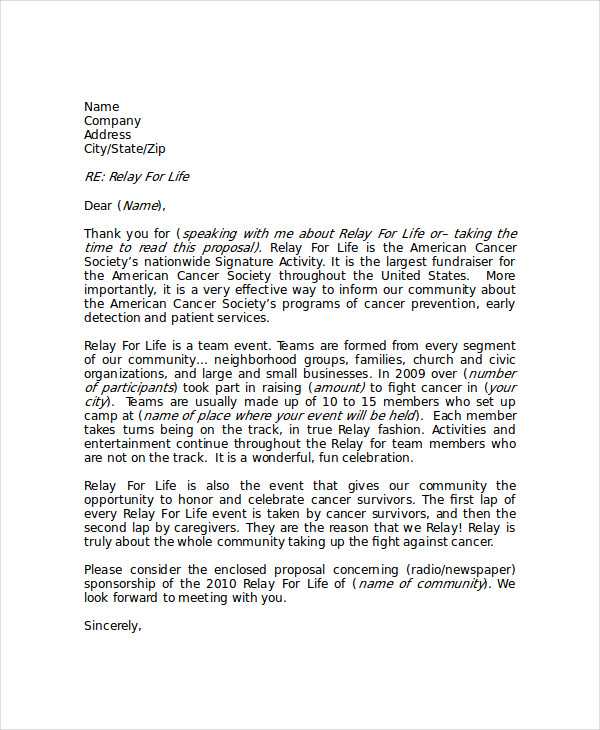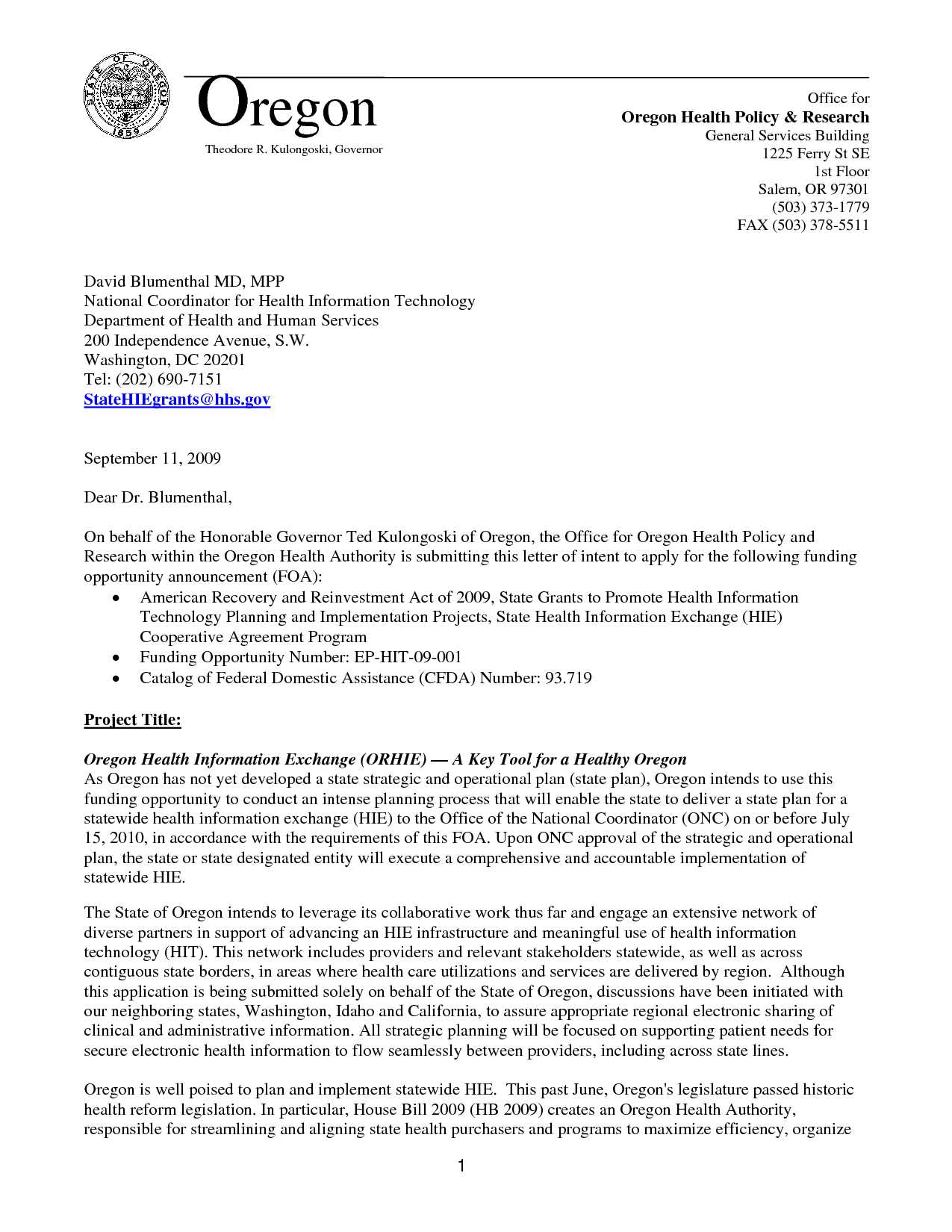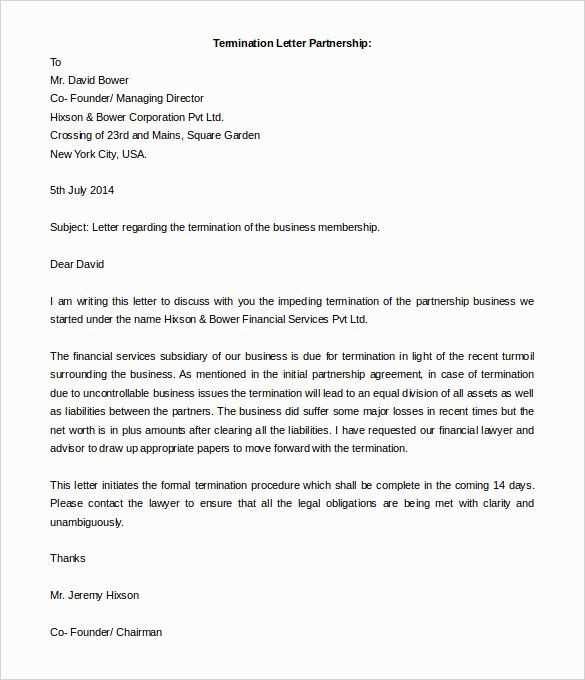Partnership Request Letter Template for Successful Collaboration

Establishing successful business collaborations often begins with a well-crafted communication that outlines mutual benefits. This formal approach is essential when looking to connect with potential partners and foster long-term working relationships. A carefully written proposal can set the tone for meaningful discussions and pave the way for future cooperation.
Understanding the key aspects of an effective proposal is crucial. Each element, from the introduction to the closing, plays a role in conveying professionalism and clarity. Whether you’re reaching out to a new company or strengthening an existing relationship, the goal is always to create an impression of trustworthiness and mutual respect.
Tailoring your communication to the specific goals and values of your target audience enhances its impact. By highlighting how your collaboration can bring value to both parties, you increase the chances of a positive response. A thoughtful and precise approach is often the difference between success and missed opportunities.
Understanding the Importance of Effective Communication
In any business context, reaching out to potential collaborators requires clear, concise, and professional communication. A well-structured proposal document serves as a formal introduction to your intentions, outlining how both parties can benefit from working together. Its purpose is to create a foundation for further dialogue and cooperation, establishing mutual trust and shared goals.
Key Elements to Include
- Introduction: Briefly introduce yourself or your company, highlighting the purpose of the communication.
- Objectives: Clearly state the goals of the potential collaboration and the outcomes you hope to achieve.
- Benefits: Explain how the collaboration can be advantageous to both parties, focusing on shared interests.
- Action Steps: Provide clear instructions or suggestions for the next steps in initiating the partnership.
- Closing: Conclude with a polite and professional closing statement, inviting further discussion.
Why Structure Matters
Properly organizing your communication increases the likelihood of a positive response. A logical flow from introduction to conclusion ensures the reader easily understands your proposal. Each section should build upon the previous one, creating a compelling case for why the partnership makes sense. By paying attention to structure, you convey professionalism and a commitment to successful collaboration.
Key Components of a Request

When preparing a formal communication to propose a collaboration, certain elements must be included to ensure clarity and professionalism. Each part of the document should serve a specific purpose, contributing to the overall objective of establishing a constructive business relationship. The following sections outline the essential components for an effective proposal.
Essential Elements to Include

| Component | Description |
|---|---|
| Introduction | A brief overview of who you are and the purpose of your communication. |
| Objectives | Clear explanation of what you aim to achieve through this collaboration. |
| Benefits | Details on how both parties stand to gain from the proposed cooperation. |
| Action Plan | Suggestions on next steps to move forward with the proposal. |
| Conclusion | A closing statement, inviting further discussion and indicating openness to negotiation. |
Crafting Each Section
Each part of the communication plays a critical role in conveying your message effectively. The introduction should provide context and establish the reason for reaching out. Objectives should be clearly defined, with a focus on mutual goals. The benefits section highlights the value of the potential collaboration, while the action plan should provide clear steps for follow-up. Finally, a polite and professional conclusion encourages further dialogue and a potential partnership.
How to Structure Your Proposal
When preparing a formal communication to propose a collaboration, the structure is key to ensuring that your message is clear, concise, and effective. A well-organized document helps guide the reader through your ideas and presents your case in a logical flow. The following steps outline how to arrange your proposal for maximum impact.
Introduction: Start by introducing yourself or your organization and providing context for the communication. Clearly state the purpose of your proposal and express your interest in working together.
Objectives: This section should outline your goals and the potential outcomes of the collaboration. Focus on shared values and how both parties can benefit from the proposed cooperation.
Details of the Collaboration: Provide a more in-depth explanation of what the collaboration will entail. Be specific about roles, responsibilities, and expectations to avoid any ambiguity.
Next Steps: Offer a clear path forward by suggesting specific actions to take. This could include arranging a meeting, discussing terms, or sending additional information for review.
Conclusion: Conclude your proposal by expressing your enthusiasm for the potential partnership. Invite the recipient to reach out with any questions and indicate your openness to discuss further details.
Tips for Crafting an Effective Message
Writing a compelling proposal is essential to capture the attention of your potential collaborator. To ensure your communication is effective, it’s important to convey your message clearly and persuasively. Here are some helpful tips for crafting a message that stands out and encourages a positive response.
Be Clear and Concise: Avoid long-winded explanations. Focus on presenting your ideas in a straightforward manner. A clear message is more likely to engage the reader and make a lasting impression.
Focus on Benefits: Instead of only outlining your needs or goals, emphasize what both parties stand to gain from the collaboration. A mutually beneficial proposal is more attractive and increases the chances of success.
Maintain Professional Tone: Keep your language professional, respectful, and polite. Avoid overly casual phrases and ensure that your message reflects the seriousness of your intentions.
Customize Your Approach: Tailor your message to the specific recipient. Showing that you’ve done research on their needs and goals demonstrates genuine interest and improves the likelihood of a favorable reply.
Include a Call to Action: Clearly state what you would like the next step to be, whether it’s scheduling a meeting or receiving feedback. A call to action helps move the process forward and keeps the communication productive.
Common Errors to Avoid in Requests

When making formal propositions, it’s important to avoid common mistakes that could weaken the effectiveness of your message. Even small errors can impact how your communication is perceived, potentially causing misunderstandings or reducing the chances of a positive outcome. Below are some common pitfalls to watch out for when preparing your proposal.
Typical Mistakes to Avoid
- Lack of Clarity: Vague or unclear explanations can confuse the reader and detract from the main purpose of the message.
- Overloading Information: Including too many details or unrelated information can make the message overwhelming and difficult to follow.
- Being Too Demanding: Avoid sounding forceful or presumptive. Focus on collaboration, not imposition.
- Failure to Personalize: A generic message may seem less sincere. Customize your communication to fit the recipient’s interests and needs.
- Ignoring Next Steps: Leaving the reader without clear instructions on what to do next can result in inaction or confusion.
How to Avoid These Mistakes
To ensure your communication is effective, focus on clarity, brevity, and respect. Tailor your message to the recipient and highlight the mutual benefits of the proposed collaboration. Clearly define the next steps to encourage further engagement and avoid ambiguity. By being thoughtful and deliberate in your approach, you’ll improve the likelihood of a positive response.
Customizing Your Proposal
Tailoring your proposal to the specific needs and characteristics of the recipient is a crucial step in ensuring its success. A personalized approach shows that you’ve taken the time to understand their goals and values, which increases the likelihood of a positive response. Customization goes beyond simply changing names or titles; it involves aligning the message with the recipient’s interests and priorities.
Understand the Recipient: Before drafting your proposal, take time to research the recipient’s organization or role. Consider their challenges, needs, and objectives. This will allow you to highlight how your collaboration can address those specific points.
Highlight Relevant Benefits: Customize the benefits section by focusing on what’s most important to the recipient. Show how your proposal can help them achieve their specific goals or solve problems they may be facing.
Use Their Language: Adapting the tone and language of your proposal to reflect the recipient’s communication style can make your message resonate more. If the recipient prefers a formal tone, match that. If they lean towards a more casual, friendly tone, adjust accordingly.
Incorporate Personal Touches: Including references to previous interactions or shared interests can create a more personal connection. This demonstrates that you’ve taken the time to engage with the recipient beyond a business context.
Completing and Sending Your Message
After crafting a thoughtful and well-structured proposal, it’s important to focus on the final steps: reviewing, finalizing, and sending your communication. These last actions play a crucial role in ensuring your message is professional and clear, while also increasing the chances of a positive reception.
Finalizing the Content
Before sending, take the time to carefully review your message. Ensure that the tone is appropriate and that all key points are clearly articulated. Check for any spelling or grammatical errors that may detract from the professionalism of the communication. A polished proposal demonstrates attention to detail and commitment to quality.
Sending the Message
Choose the most suitable method for delivery. If the recipient prefers emails, send your message digitally with a professional subject line. For formal or highly important proposals, consider using physical mail or another more personal delivery method. Always ensure that your contact information is clearly visible and that the recipient has a clear path for responding or following up.
By taking these careful steps, you increase the chances of establishing a successful connection and creating a lasting impression that will lead to the desired outcome.